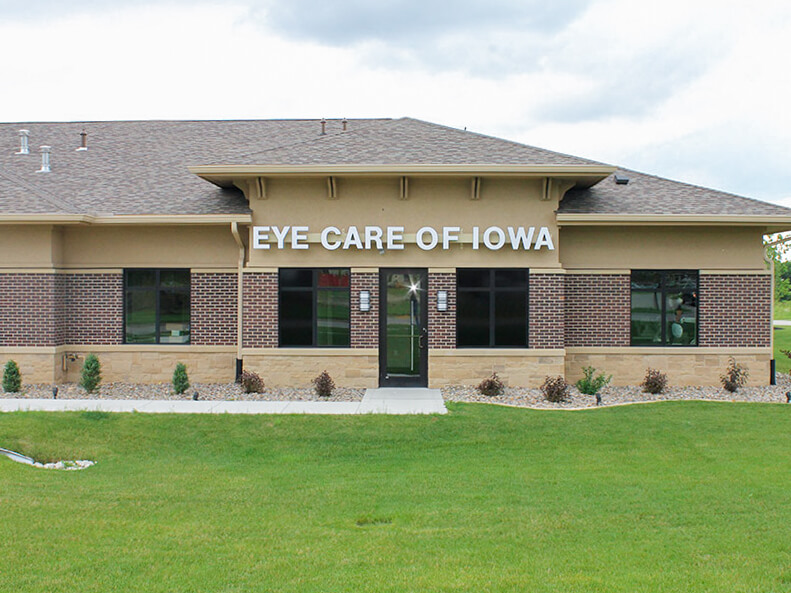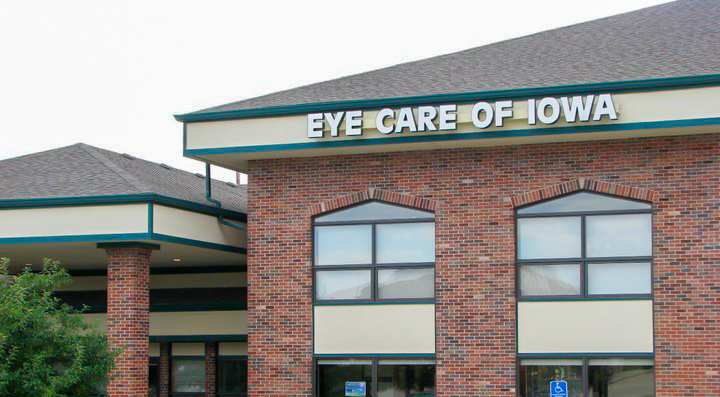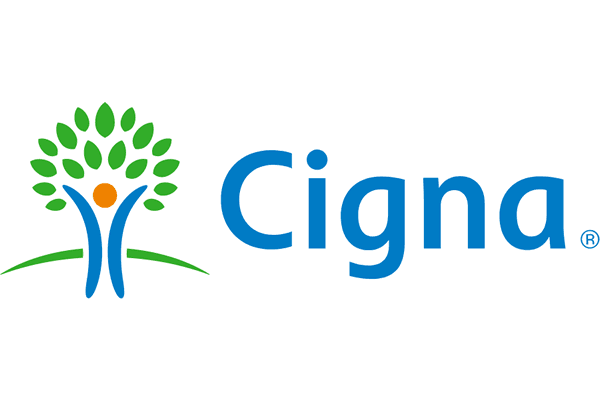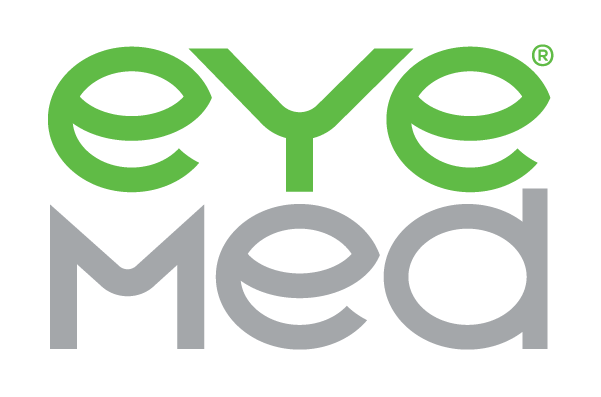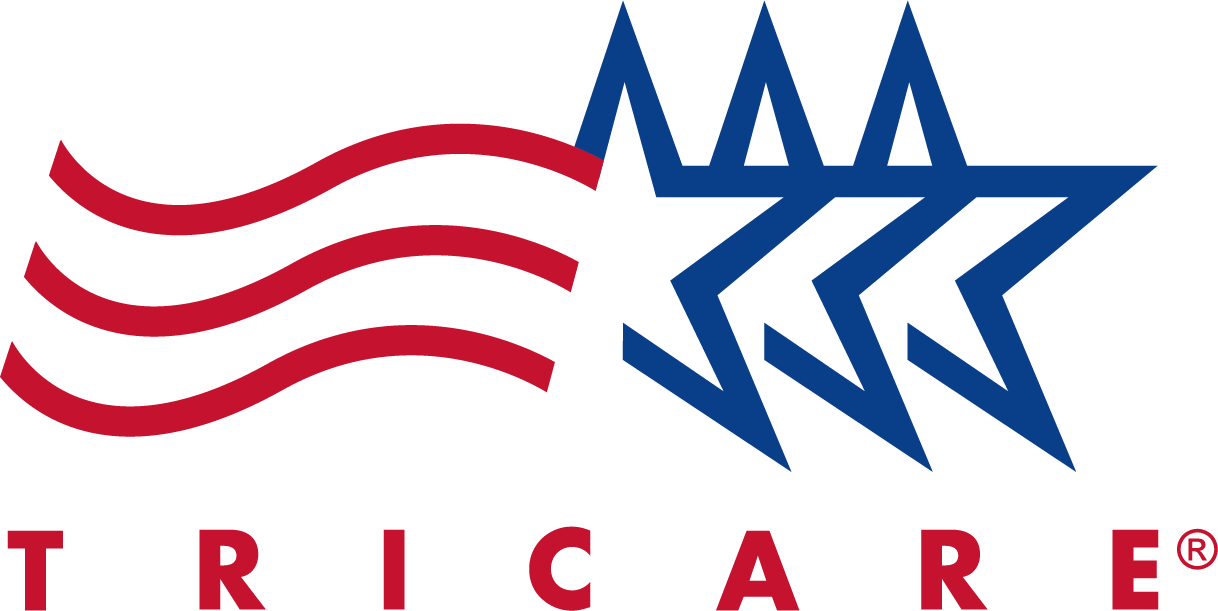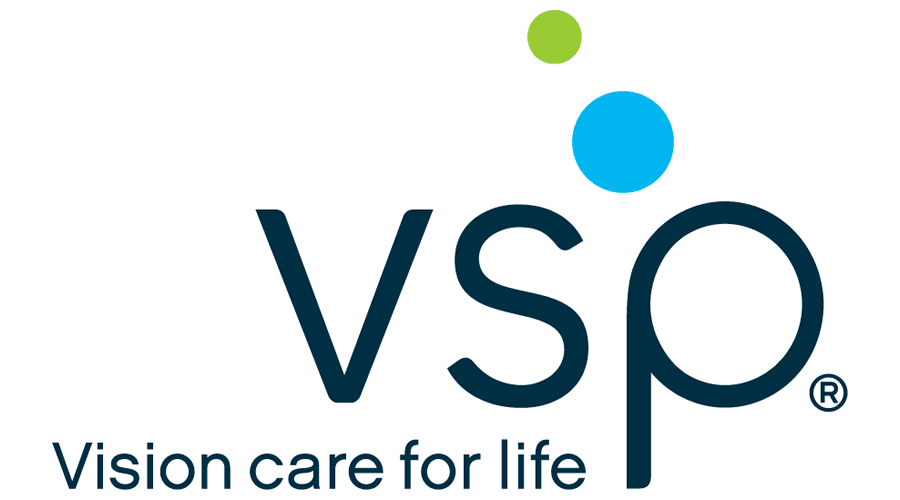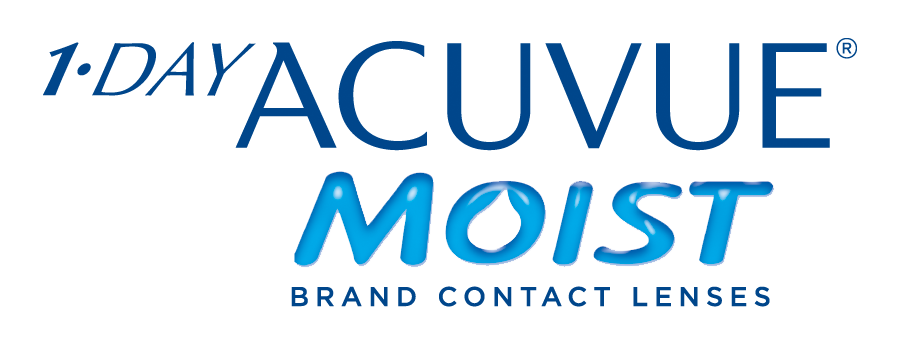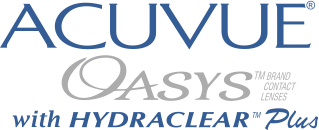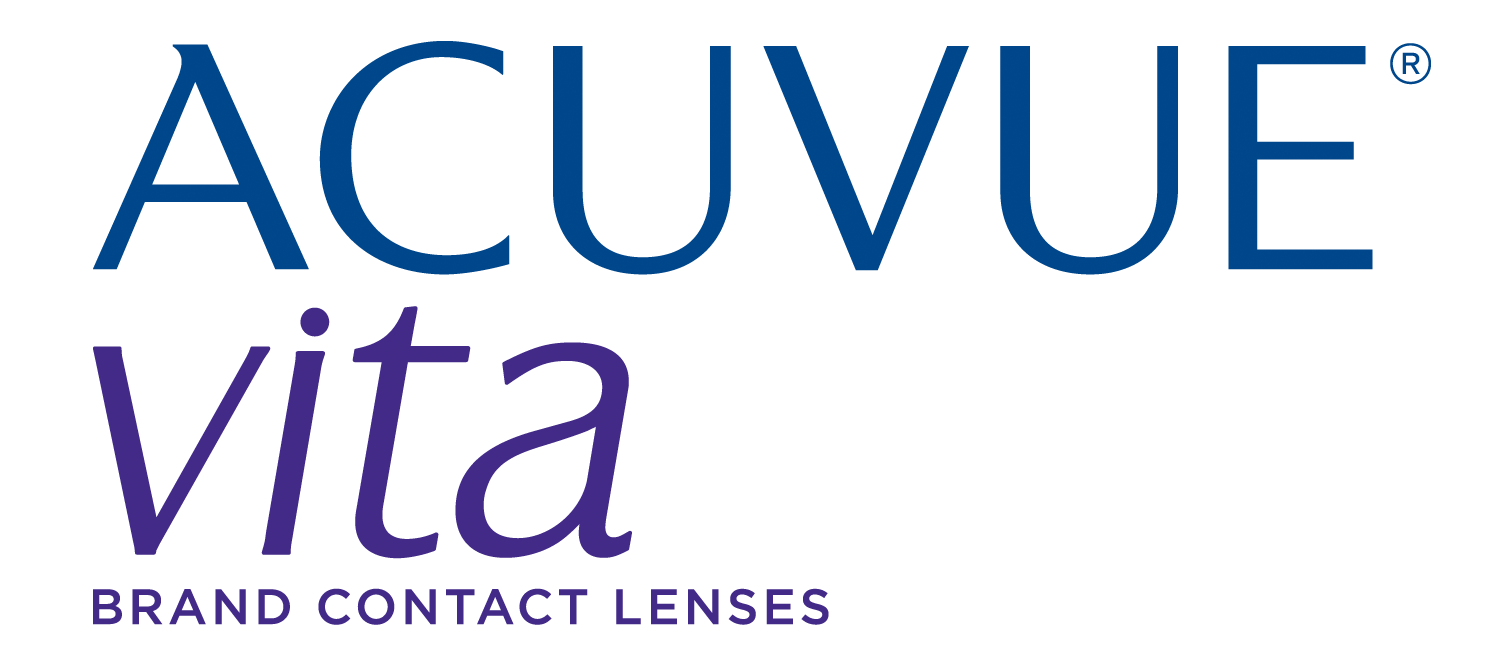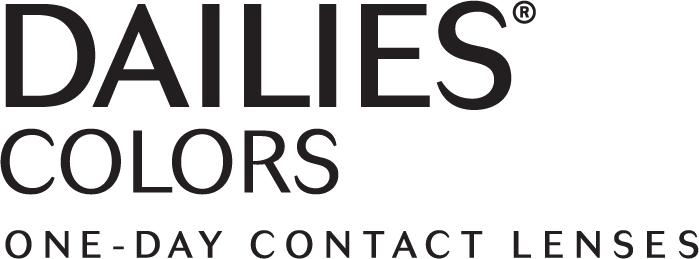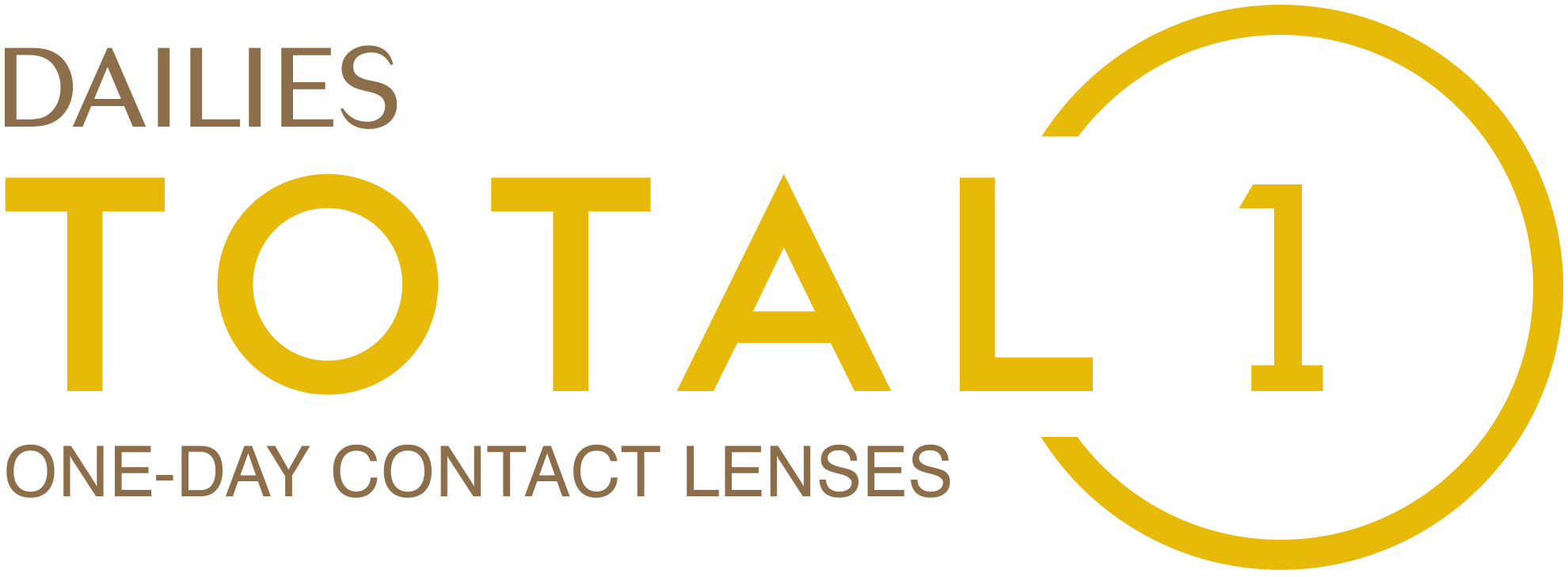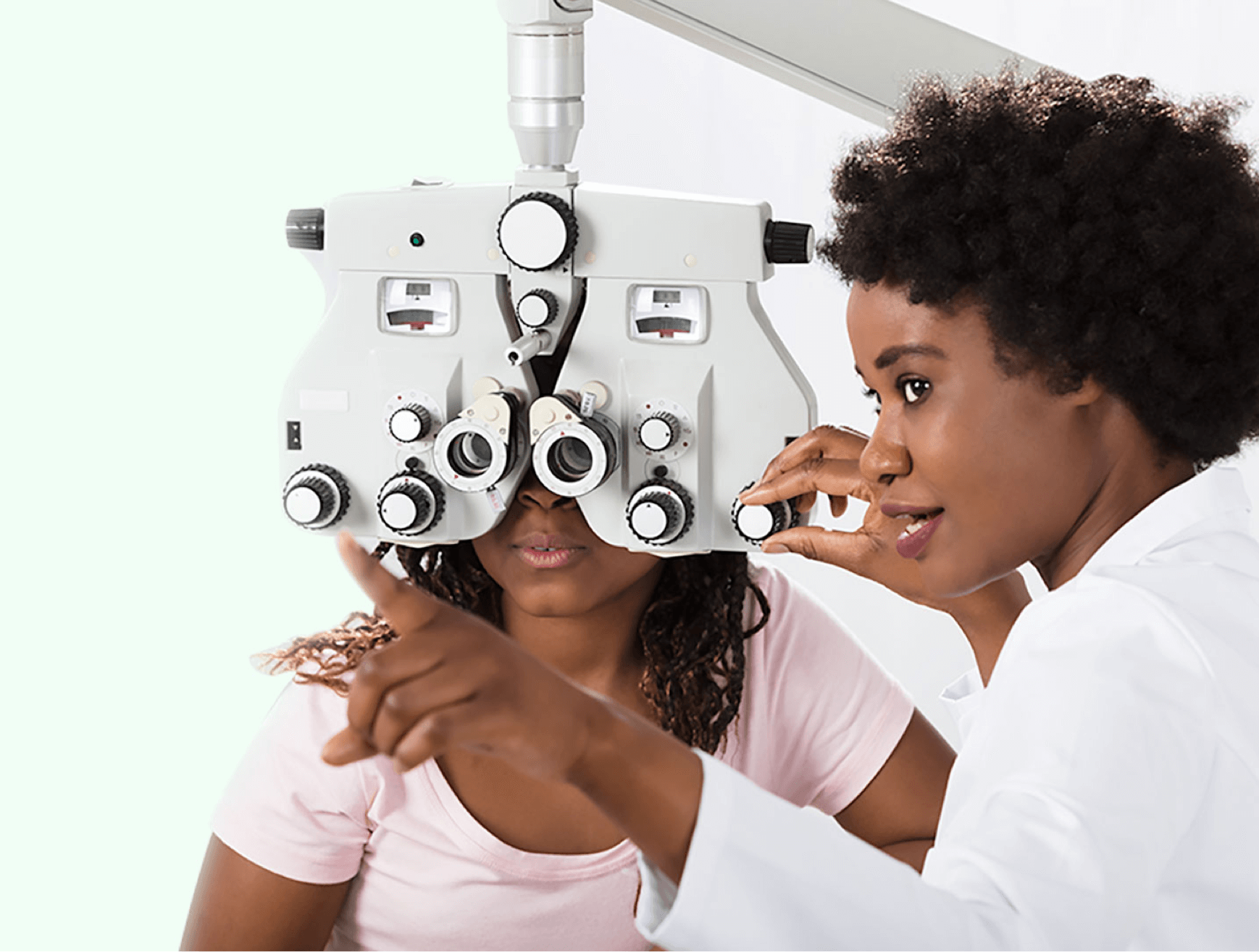
Elevate Eyecare in the Des Moines, IA Area
Your local Elevate Eyecare associates are committed to providing the best comprehensive vision care at affordable prices.
Explore locations and insurance information below to make sure you get the most out of your vision benefits this year.
Browse Des Moines Locations
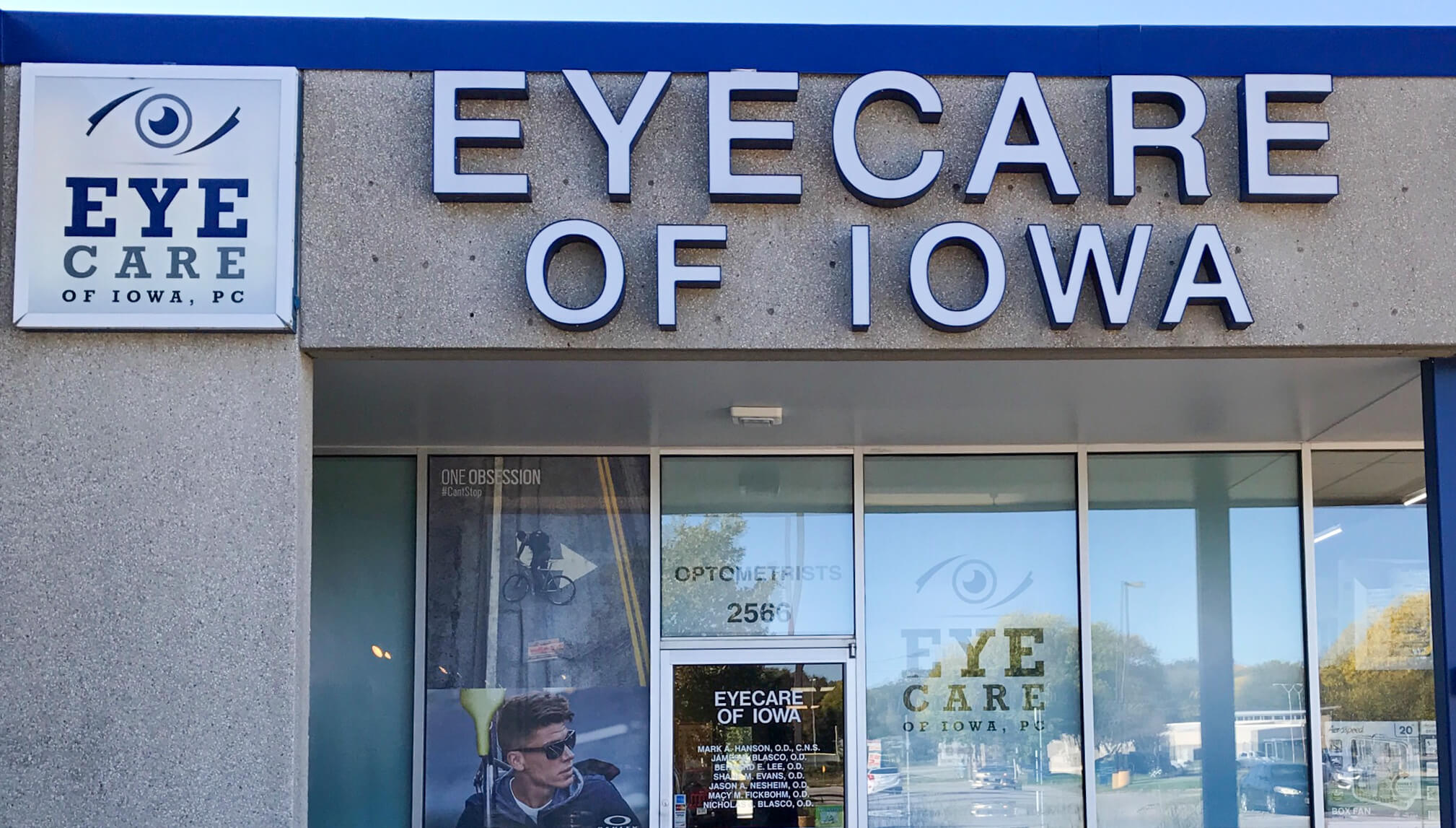
Eye Care of Iowa – East Des Moines
2574 Hubbell Ave, Suite 111, Des Moines, IA 50317
(515) 262-1094
Schedule an Exam
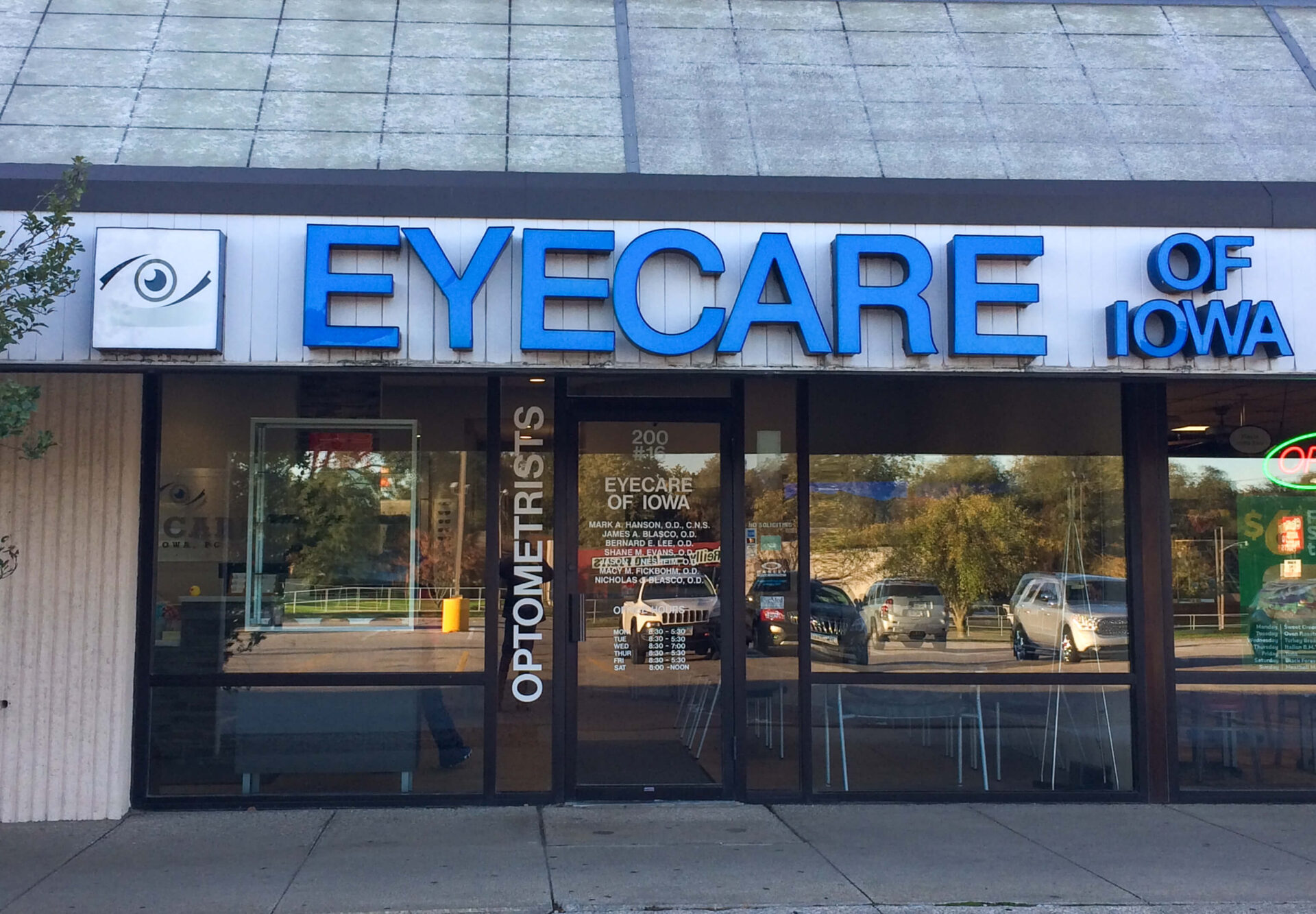
Eye Care of Iowa – South Des Moines
200 Army Post Rd, Des Moines, IA 50315
(515) 287-5565
Schedule an Exam
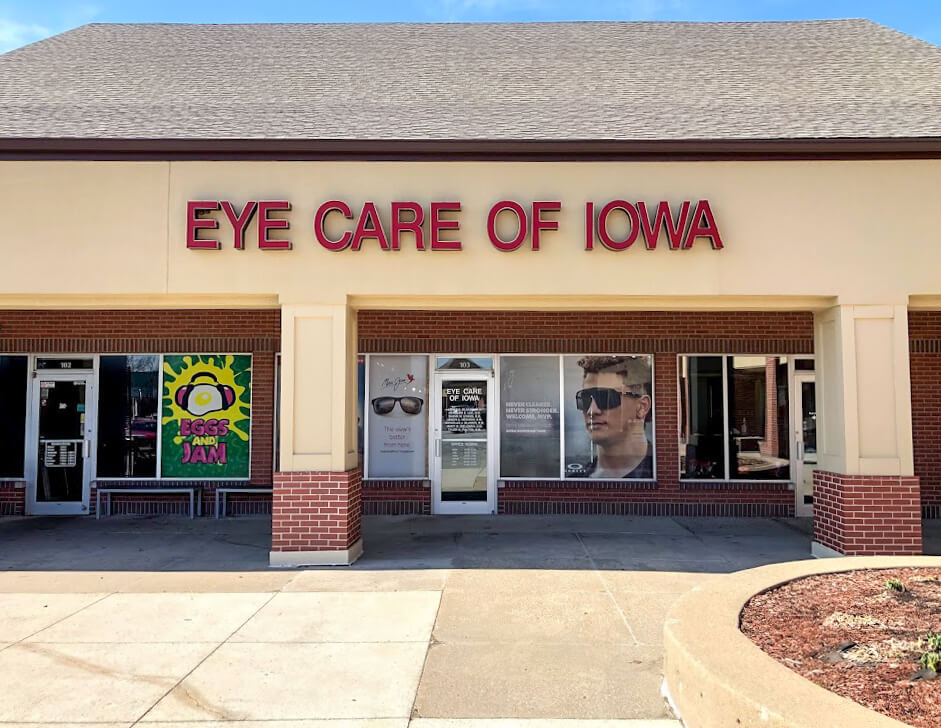
Eye Care of Iowa – West Des Moines
1905 EP True Pkwy, Ste 103, West Des Moines, IA 50265
(515) 225-0877
Schedule an Exam
Google Map
Insurance
Use your vision
insurance benefits
insurance benefits
We accept the following insurance plans.
Since not all carriers are available at every Elevate Eyecare practice, please visit the individual location’s page to find the exact list of insurance companies carried at that location.
Other insurances accepted include:
- Avesis
- Envolve
- Iowa Total Care
- March Vision Care
- Midlands Choice
- Railroad Medicare
- Superior Vision
- TRICARE West
- UMR
- UnitedHealthcare
- VA Community Care Network
- Wellmark BCBS
- Wellpoint
Brands
Stylish eyewear from
top designer brands
To see which brands are available near you, please visit the individual location’s page.
- Brooks Brothers
- Carolina Herrera
- Carrera
- Chesterfield
- David Beckham
- Emporio Armani
- FLEXON
- FYSH
- Gucci
- Helium
- Hugo Boss
- Juicy Couture Youth
- Kate Spade
- KLiiK
- Lafont
- Lenton & Rusby
- Liz Claiborne
- Marc Jacobs
- Marchon NYC
- Match Eyewear
- Maui Jim
- Michael Kors
- MODO Eyewear
- Nike
- Nine West
- Oakley
- OGI
- OTP
- Paul Smith
- Prada
- Ray-Ban
- Saint Laurent
- Superflex
- McAllister
- Coach
Our most up-to-date
contact lens technology
To see which brands are available near you, please visit the individual location’s page.
- Alcon
- Johnson & Johnson
- Bausch + Lomb
- CooperVision
- Acuvue 1-Day Define
- Acuvue 1-Day Moist
- Acuvue 2
- Acuvue Oasys
- Acuvue Oasys MAX 1-Day
- Acuvue Oasys with Transitions
- Acuvue Vita
- Avaira Vitality
- Bausch + Lomb ULTRA
- Biofinity
- Biofinity Energys
- Biomedics 55 Premier
- Biomedics toric
- Biotrue ONEday
- clariti 1 day
- Dailies Colors
- Dailies Total 1
- Infuse
- MiSight 1 day
- MyDay
- MyDay Energys
- Precision 1
- Proclear
- Proclear 1 day
- PureVision
- PureVision2
- Silsoft
- SofLens
- Total 30
- Voyant 1-Day
- Voyant Monthly
- Voyant Premium
